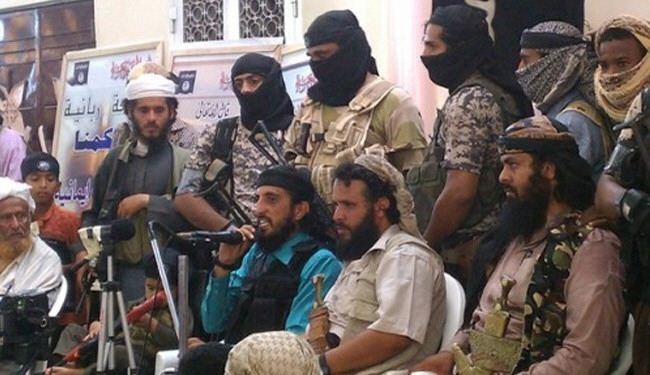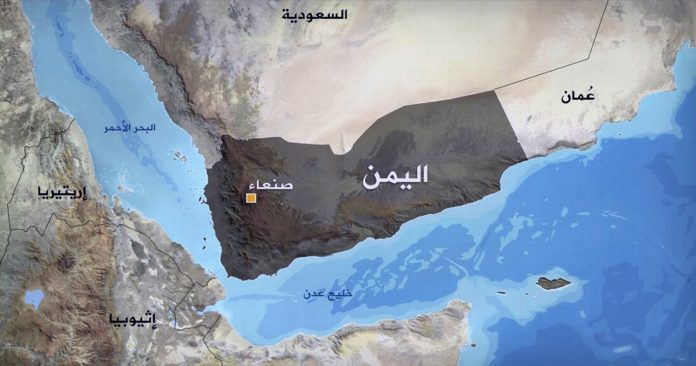Yemen in the Crosshairs of Western Targeting: Centuries of Domination and Fragmentation
Yemen stands as one of the oldest centers of human civilization. Yet, due to its strategic geographic location, rich natural resources, and deep-rooted Arab and Islamic identity, it has long been a target of Western hegemonic powers. From the Ottoman and British occupations to today’s soft power warfare and the Saudi–UAE-led military aggression—backed by the U.S. and the U.K.—Yemen has been subjected to a continuous cycle of military, security, cultural, and humanitarian conspiracies.
From Colonial Greed to Soft Power Warfare: A Reading of Western Tactics to Weaken and Drain Yemen
1. Military Dimension — From Direct Occupation to Modern-Day Aggression
British Occupation & the Battle for Bab al-Mandab
In the mid-19th century, Britain invaded Aden in 1839, aiming to control global trade routes. Early on, London realized Yemen’s critical importance as the gateway to the Red Sea and maritime lanes to India. Britain applied a classic “divide and rule” strategy, fragmenting the south into sultanates and tribal sheikhdoms, while planting sectarian and tribal divisions to ensure long-term dominance.
Yemeni historian Abdulrahman Abdulkhaliq affirms that Britain never sought to “civilize” Yemen, but rather worked to dismantle the national and social fabric and erase Yemen’s unified identity.
Modern Military Aggression
Since 2015, Saudi Arabia and its allies have waged a large-scale war on Yemen, with direct support from the U.S. and the U.K., who provided intelligence, logistics, and massive arms sales.
Documents from the Council on Foreign Relations (CFR) in Washington show that over $80 billion in arms sales were delivered to coalition countries since the war began.
The war’s objectives go far beyond the proclaimed goal of “supporting legitimacy.” In reality, the West seeks to cripple Yemen’s emerging power and prevent it from becoming a sovereign and influential regional force.
2. Security Dimension — Strategies of Fragmentation and Infiltration
Backing Extremist Groups
Western intelligence has covertly used terrorist groups like Al-Qaeda and ISIS as tools to destabilize Yemen internally—particularly in southern provinces, Al-Bayda, and Marib.
Tunisian researcher Salah Atia, in his study “Dismantling the Yemeni State”, links the presence of Al-Qaeda in Yemen to Western intelligence strategies aimed at spreading “creative chaos.”
Intelligence Infiltration & Creation of Parallel Entities
Covert spy networks were embedded inside Yemen’s military and security institutions, especially in the south post-2015, via the UAE and its proxy—the Southern Transitional Council (STC). This led to the formation of “states within the state,” effectively turning Yemen’s coasts into zones of U.S. and Israeli intelligence influence.

3. Cultural Dimension — Soft Warfare and Identity Erosion
NGO Programs and the Westernization of Society
International organizations, under the sponsorship of Western embassies, played a critical role in eroding Yemen’s culture, particularly targeting youth with “empowerment” and “civil society” initiatives funded by the U.S. and the U.K.
Yemeni researcher Fahmi Al-Yousifi describes these programs as a “gateway to dismantle national beliefs and values,” asserting that their true aim is to produce a generation disconnected from its religious and national foundations.
Historical Disinformation
Efforts have been made to erase Yemen’s resistance history, demonize liberation movements, and promote distorted narratives through foreign-funded media and educational platforms.

4. Humanitarian Dimension — Systematic Starvation and a Deadly Siege
Weaponizing Humanitarian Aid
The Saudi-led coalition, backed by the West, imposed a crippling land, air, and sea blockade, restricting access to food and medicine. Meanwhile, humanitarian organizations were used as a façade to justify the blockade. The humanitarian file became a political weapon.
A 2020 report by Doctors of the World (Germany) described the situation in Yemen as a “man-made humanitarian catastrophe”, not a natural disaster.
Spreading Misinformation and Concealing Crimes
Western media adopted a selective narrative, ignoring images of massacres and atrocities. It often absolved the aggressors while blaming the victims, thus aligning with the goals of global domination, not truth or justice.
Yemen’s Resistance to the Hegemony Project
Despite the brutality of the aggression and the complex web of conspiracies, Yemen has shown a remarkable level of awareness and determination, placing the Western hegemonic project in crisis. The long history of foreign targeting cannot be separated from the present, as Yemen continues to live through a new chapter in the eternal battle between independence and subjugation.
References:
-
Abdulrahman Abdulkhaliq, Yemeni Identity Under British Colonialism, Yemen Publishing House
-
Salah Atia, Dismantling the Yemeni State: Intelligence and Western Strategy, Maghreb Center for Studies
-
Fahmi Al-Yousifi, International NGOs and Their Impact on Yemen’s Cultural Sovereignty
-
Reports by: Doctors of the World (2020), Beirut Center for Security Studies, Center for New Eastern Studies

